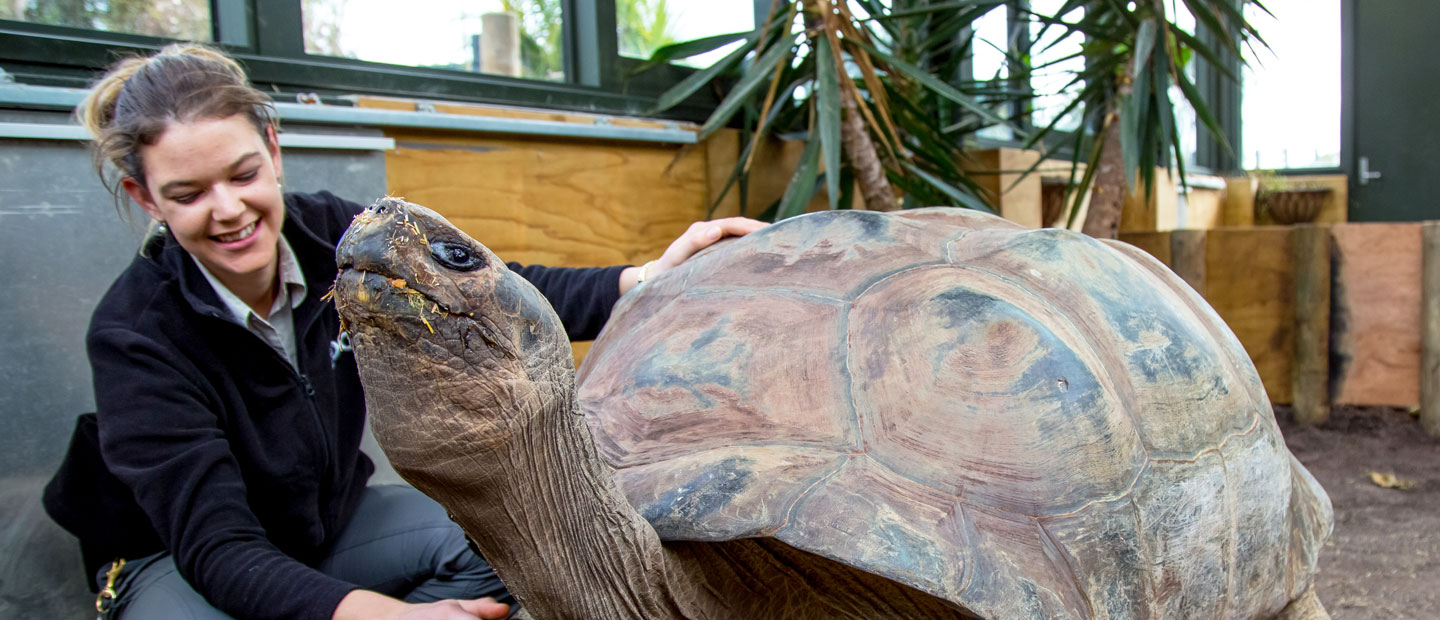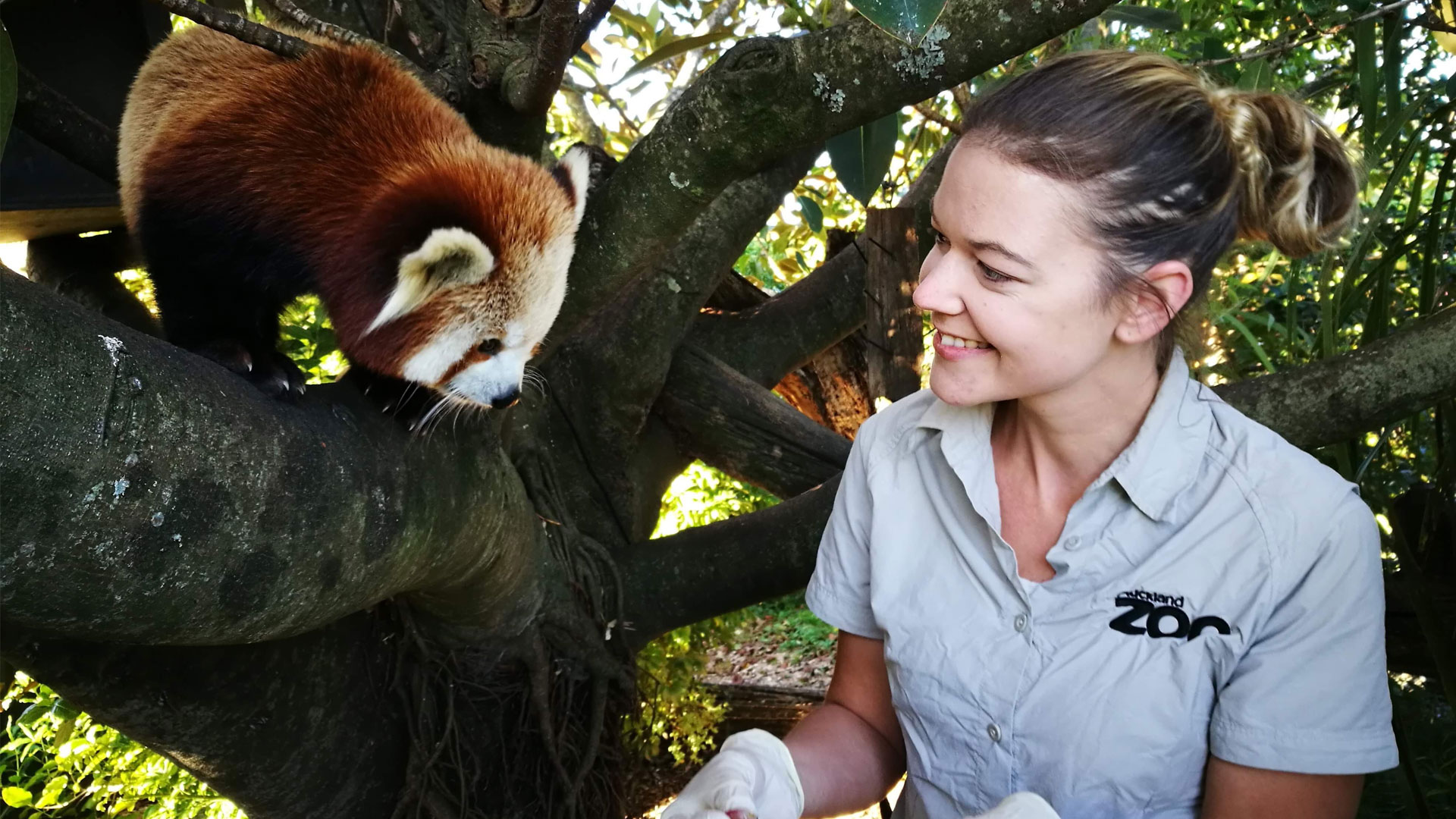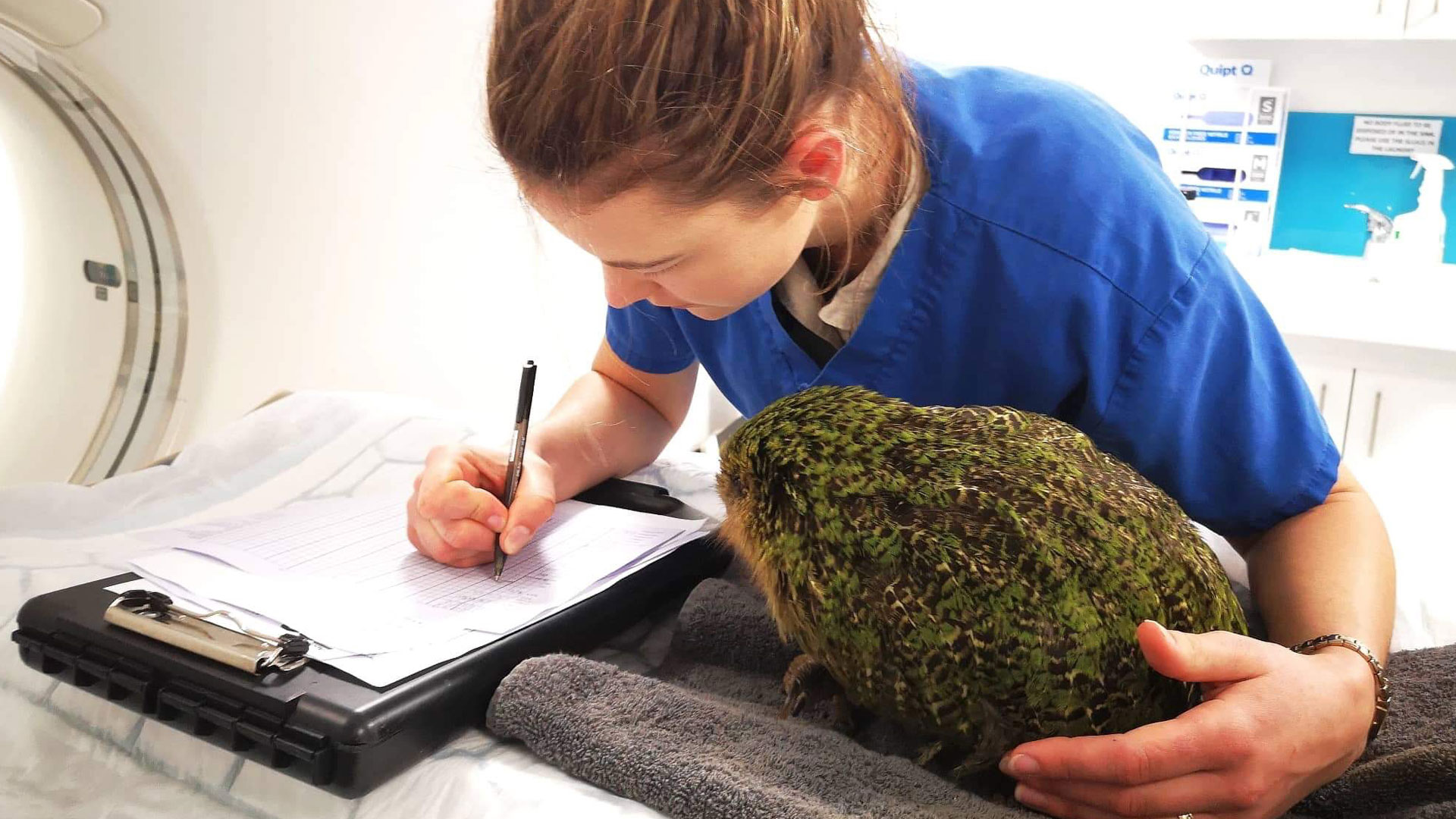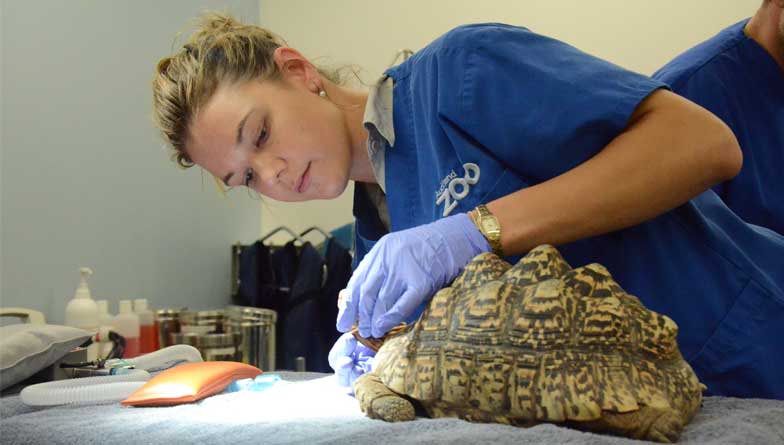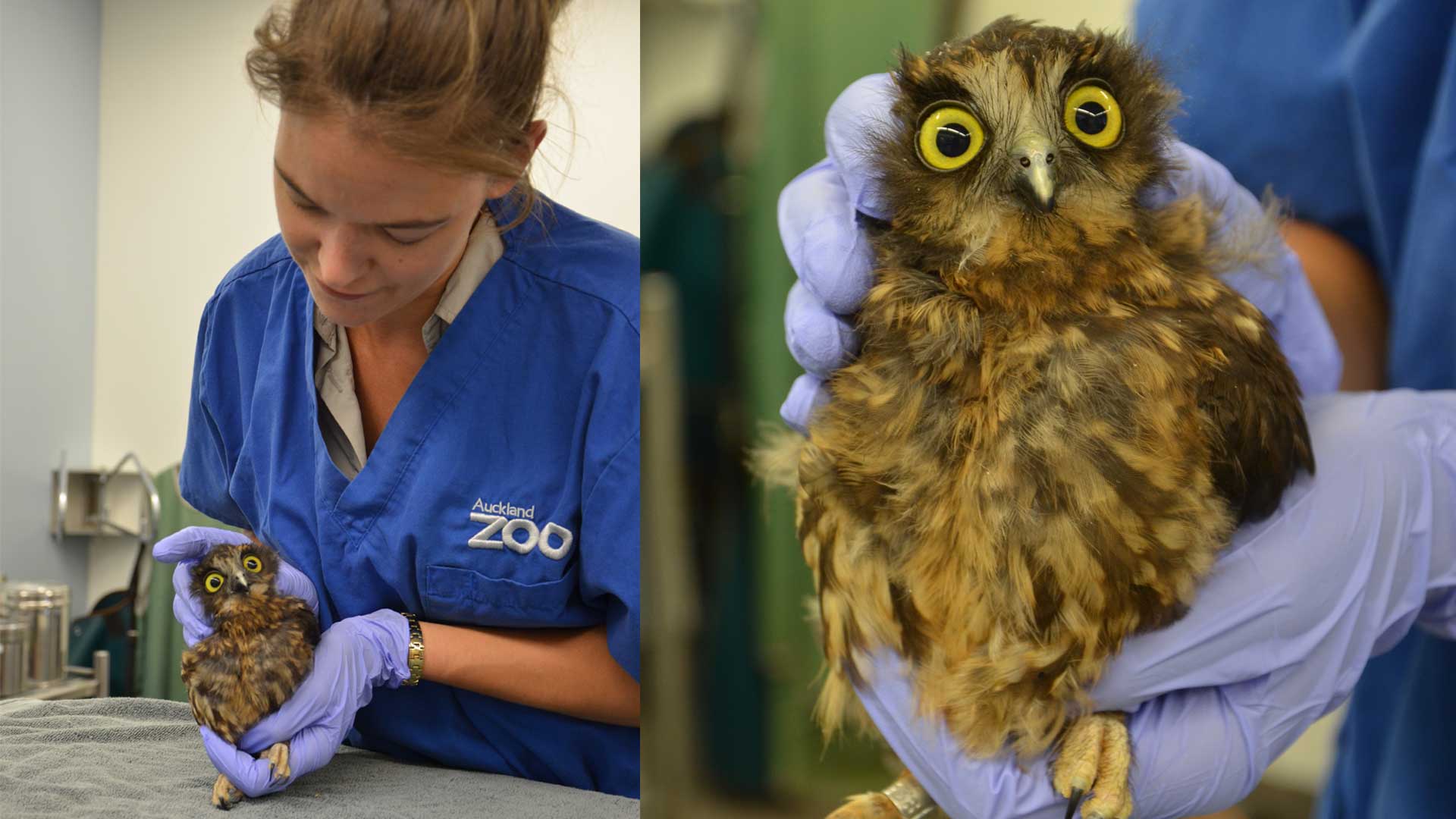Never shy of a hard day’s work, Breeze was 13 when she decided she wanted to be a vet. Off to the local clinic she went, to ask if she could volunteer. They gave her a job as a kennel hand, and that was that. Every day after school she worked there, beginning with cleaning cages, and gradually moving into reception and animal handling. She was one of the lucky ones (though really through drive, ambition and hard work), that by the age of 17 she had fine-tuned that dream into becoming a vet nurse, knowing - exactly - what she wanted to do for the rest of her life by the time she left school.
“Although surgery and diagnostics fascinated me, it’s something I didn’t want to perform myself. Patient care, comfort, and welfare was where I wanted to focus my energy.”
After completing a Diploma of Vet Nursing at Massey University, and getting a huge breadth of experience with both large animal work, wildlife, and general practice, Breeze knew she wanted to direct her career to focussing on wildlife, and although zoo work was a bit of a dream, to her it seemed so unattainable. Little did she know at the time, a variety and wealth of experience was key. After her studies she spent three years at Beach Vets in Waihi, a week doing work experience at Auckland Zoo (ascertaining that zoo work was the ultimate goal), three years in the middle of the Australian desert at a mixed animal practice, and back to New Zealand for a job in Auckland’s Animal Emergency Centre.
“Zoo medicine is so varied that all the different experiences really put me in good stead, giving me a good base in general practice alongside mixed animal practice, and also exotics. Emergency experience has been really useful for zoo nursing as well, because I often feel like things happen really quickly here. If animals get sick and rushed up to hospital, I feel like my emergency instincts are always going to be with me and help me keep a level head.”


